Author: shushu
Base is becoming a shining star in the EVM field, but according to the findings of Dune data analyst jpn memelord, the transaction volume of Uniswap on the Base platform seems to be booming, but a large number of transactions are driven by repeatedly rugged capital pools. This seems to confirm the views of some communities that there are many "big cuts" on Base. What is the real data? BlockBeats combined with jpn memelord's research to sort it out.
The false prosperity of Uniswap on Base
In early September, Uniswap tweeted that 98.9% of new trading pairs on Base were launched through the Uniswap protocol.
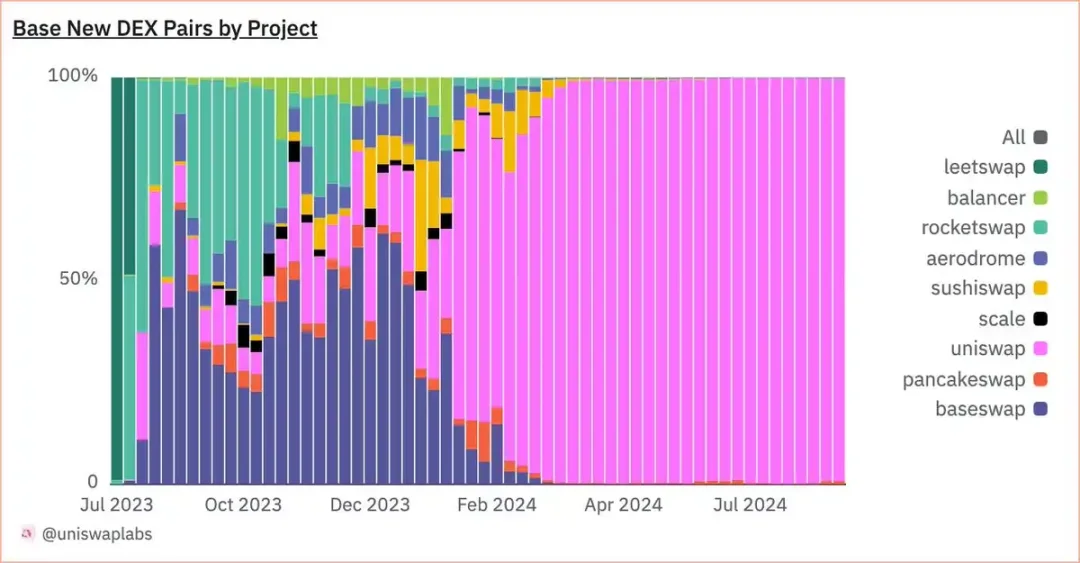
Data shows that the Base platform has launched more than 600,000 Uniswap v2 liquidity pools in the past few months, accounting for 98.9% of all newly created trading pairs on the platform, which is undoubtedly quite eye-catching. However, it is worth further exploring who created these trading pairs?
In fact, a considerable portion of the funding pool is deployed by a few addresses, and the top three addresses are actually associated, which means that a certain person or entity created 3.7% of the funding pool on Base, and some addresses are also associated.
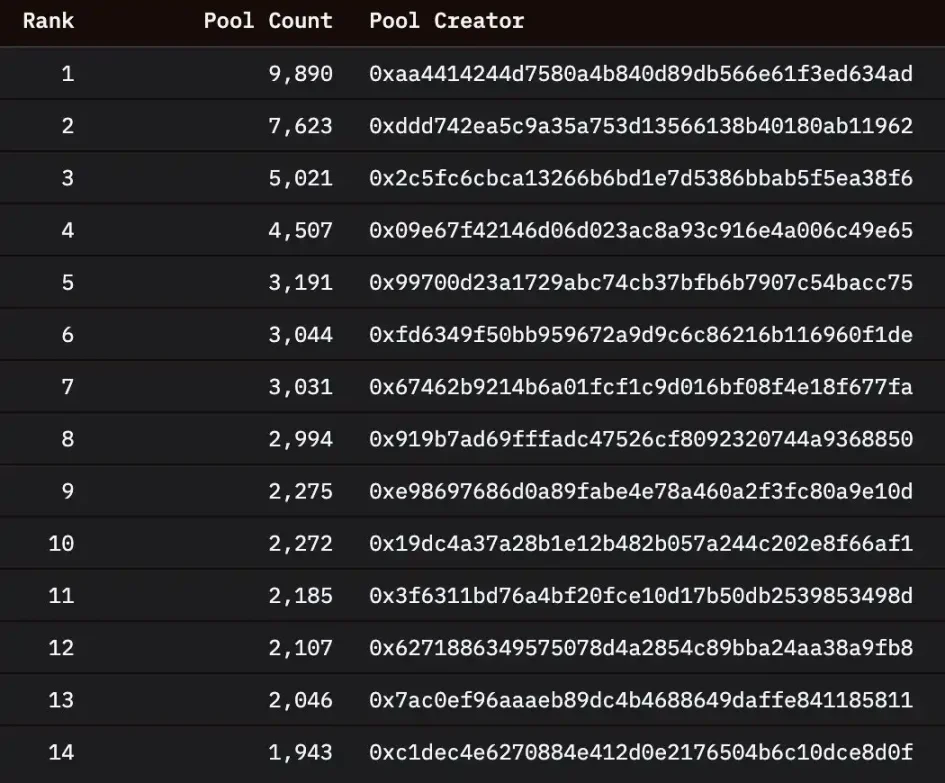
Image source: Dune
In total, addresses that created more than 500 pools contributed more than 127,000 pools, and more than 20% of all pools deployed on Base were created by only 87 independent addresses (or even fewer independent entities).
What is the actual situation of these funding pools?
In fact, most of them are run-of-the-mill altcoins that go slug-out in minutes and lack any real value. As the examples below show, these pools are not productive projects, but outright scams.
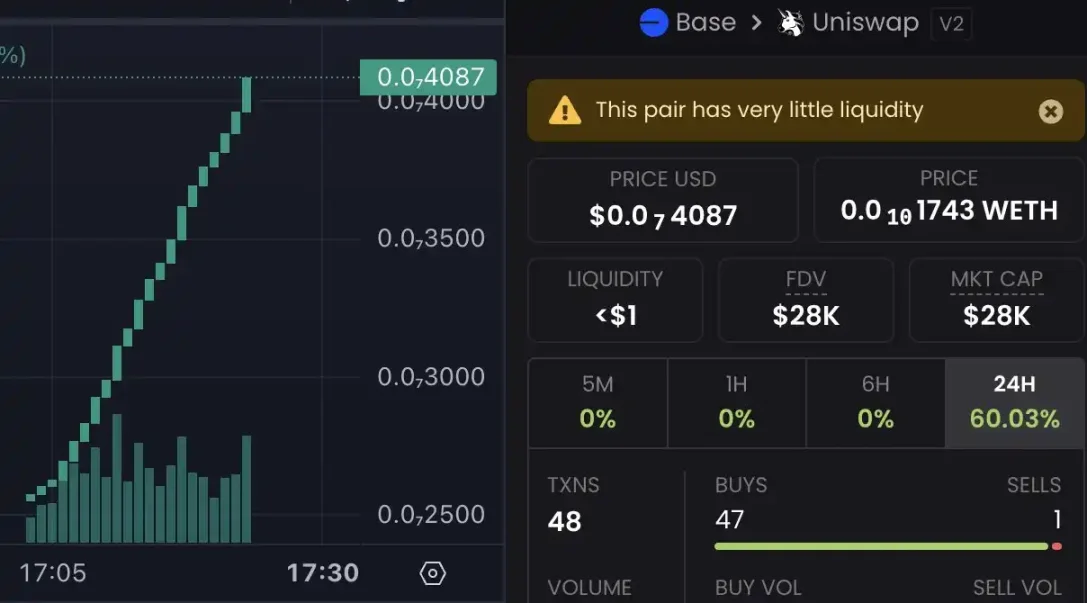
The strategy usually adopted by these operators who create a large number of capital pools is to first disperse ETH to multiple wallets, then issue new tokens, then buy through these backup wallets, and finally quickly withdraw liquidity. This operation not only makes quick profits, but also artificially exaggerates the trading volume indicators.
Each new Rug operation usually brings thousands of dollars in trading volume. These operations are carried out by dozens of addresses around the clock, and each fund pool lasts only 20-30 minutes, so a single address can launch more than 50 such projects every day.
In this way, each address can generate $250,000 in transaction volume per day with only a small amount of initial funds.
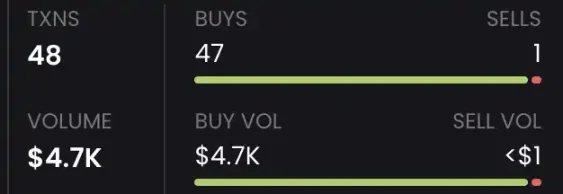
"It's the equivalent of sticking a few $100 bills on a boomerang and throwing it 50 times. You're not actually generating hundreds of thousands of dollars in trading volume, you're just entertaining yourself," said jpn memelord.
There are many reasons why this phenomenon is so frequent. It could be an attempt to trick unsuspecting users into buying these tokens, it could be a way to profit from an uncalibrated front-running bot, or it could be a weird way to get ahead of a possible (but unlikely) future Base airdrop.
The key issue is how to effectively screen and filter these operations.
Initially, jpn memelord thought that setting a cap on the number of pools created by each address could act as a filter, thus removing junk addresses that were composed of a large number of pools. However, he found that more than half of the pools were deployed by addresses that created less than 5 pools.
He speculated that many of the pools might have been created by LuMao or Rug bots, which frequently changed addresses to evade detection, and might even change addresses after deploying just one pool. Therefore, jpn memelord decided to continue his in-depth research, trying to find traces of human factors in the creation of the pools.
He tried focusing only on pools created by ENS users. This approach was more effective, with only 17,000 pools created by addresses that own ENS, a number far lower than the total number of pools and likely effectively excluding most pools created by bots.
Coincidentally, jpn memelord believes that this screening process may also reveal some influencers who repeatedly Rug Base tokens. However, this method still needs to be improved, and the existing filtering method may miss some real funding pools created by anonymous deployers, while including scams or Rug projects of some vanity influencers.
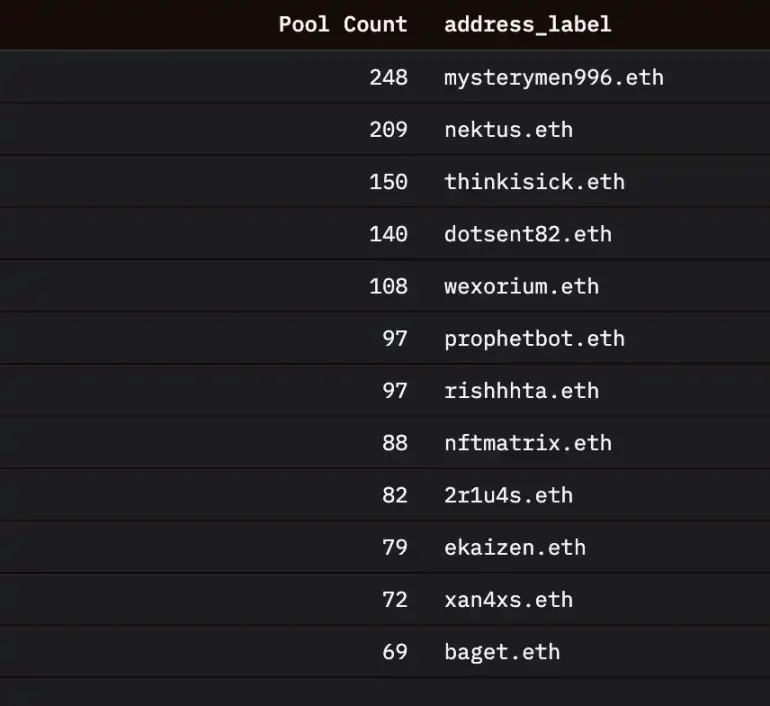
jpn memelord started to pay attention to the pools with multiple liquidity addition events. Rug projects usually only have one liquidity injection and removal operation, while productive pools will have other liquidity providers, injecting liquidity multiple times.
There are only about 7,800 v2 pools that have experienced multiple liquidity additions, and when the filter is raised to more than 2 liquidity additions, this number is halved again to only about 3,500, which are productive pools, not just Rug projects.
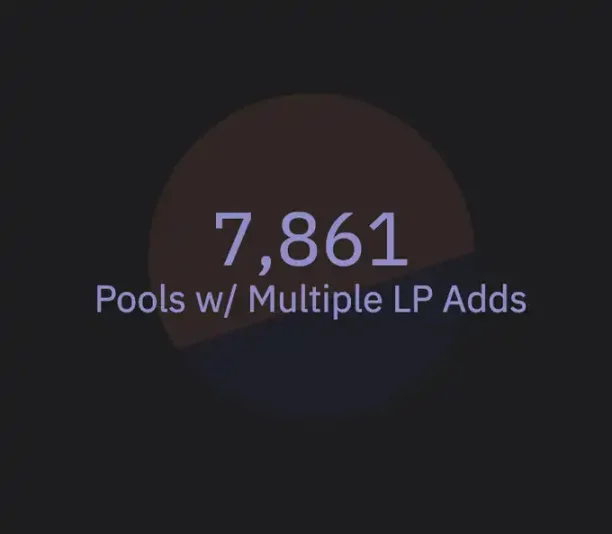
These valuable pools of funds only account for 1.2%-0.5% of the initial total, which means that after taking into account junk projects and scams, the actual data is exaggerated by about 99%, and this number is also very close to the number given by Uniswap at the beginning of the article.
jpn memelord believes that this behavior is not inherently Uniswap's fault, because it is a permissionless protocol, and anyone can create a pool of funds for any asset, which is one of its design features. However, promoting indicators that are artificially inflated by worthless garbage projects is something Uniswap has the ability to control.
Uniswap should filter its metrics, whether it is 8,000 pools or 3,500, the pools that actually generate some value are still impressive data. This filter should also apply to trading volume, because a considerable amount of trading volume is actually generated by these Rug projects cycling between the same 5 ETH.
"Pools created" is an activity indicator that is easily manipulated by bots for a permissionless protocol that costs only pennies to operate. This type of metric should be carefully filtered and not simply promoted at face value. The pools that go beyond the Rug routine and have real interaction are the ones worth paying attention to.
Rug is a disaster, Uniswap's real transaction volume is not as good as Aerodrome
jpn memelord further explored whether these easily implemented Rug projects had a significant contribution to trading volume.
At its peak, pools with only one liquidity addition event contributed about $300 million in trading volume per month, a relatively small percentage. So far in September, this figure is only about $30 million, which actually verifies that about 99% of the pools created by Uniswap on Base are low-value.
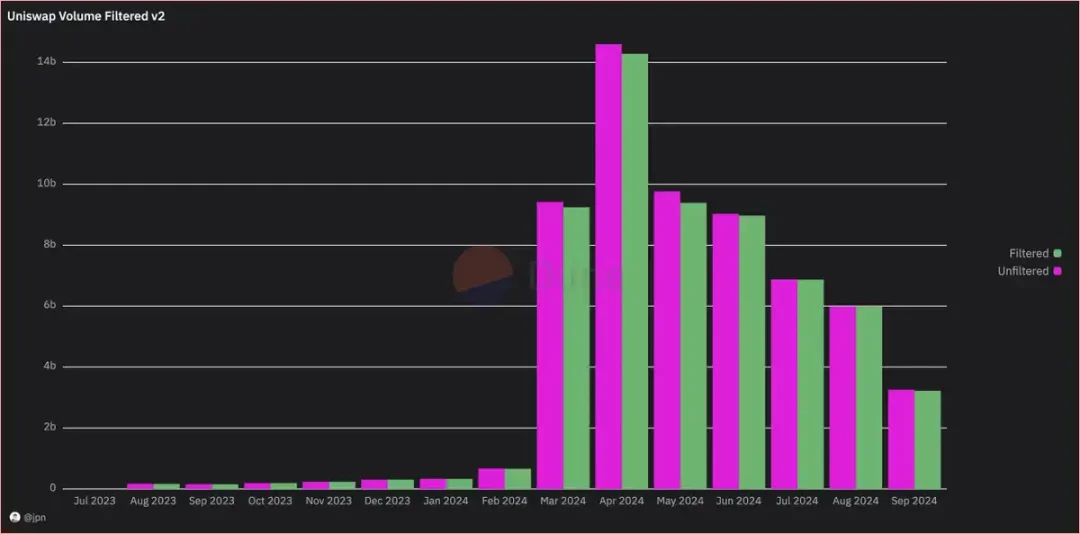
JPN Memelord hopes to get a clearer picture of where these volumes are really coming from. In previous analysis, he mentioned that while these low-cost Rug projects do contribute to volume, he suspects that more sophisticated operators frequently change addresses when launching new scams to evade detection.
So, how can we tell these operators apart?
jpn memelord turned to AerodromeFi and its whitelisting process as a possible way to filter Uniswap’s volume on Base. On Aerodrome, if a pool wants to receive incentives, its token must pass the Aerodrome team’s whitelist review, which helps to distinguish the volume of high-quality projects from other projects.
Its analysis shows that a considerable portion of Uniswap's trading volume on Base actually comes from assets that are not whitelisted. Since the outbreak of projects on Base in March this year, this proportion has been close to 50%.
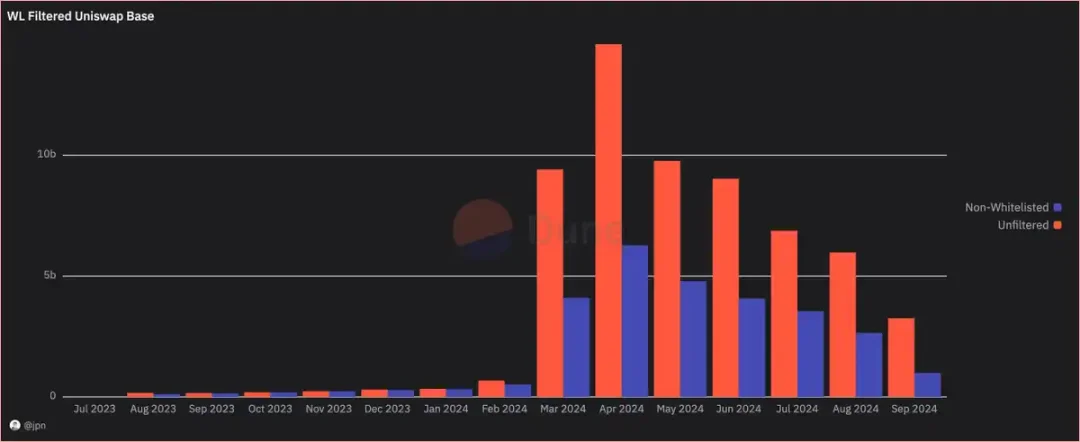
Does Uniswap have an edge on certain assets? What’s driving these volumes?
JPN Memelord extracted the transaction volume data of individual fund pools for assets that were not whitelisted, and found a large number of meme coins. Some meme coins he had never heard of had a transaction volume of $10 million in September alone.
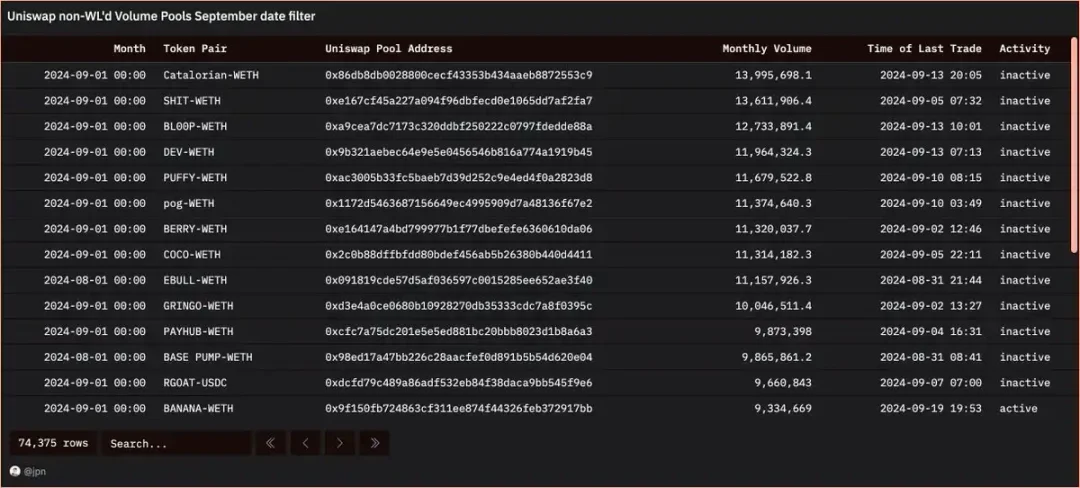
After checking these pools one by one, he found that most of the tokens were in a "unplugged" state. In fact, among the top 150 pools sorted by monthly trading volume, jpn memelord only found 4 without Rug.
These pools performed roughly the same way: within a few hours of going live, they saw millions of dollars in trading volume, then quickly rallied, with tokens sold off to zero and deployers making profits of over 90 ETH.
This operation is repeated over and over again.
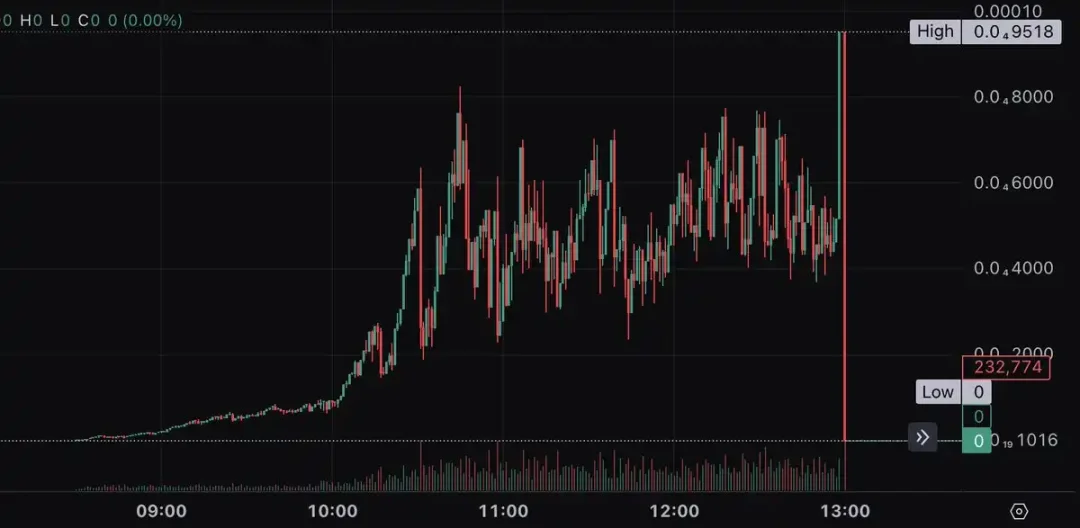
So how do you identify these scams in your trading volume data? A systematic approach is needed to identify them.
When a token is fully rugged, trading stops, so these scams can be identified by setting a filter to check how much time has passed since the token was last traded.
The approach taken by jpn memelord is to apply a filter to filter tokens that have been traded in the last N days, which can distinguish "active" tokens from "inactive" tokens. Combined with the whitelist filter that has been used, Uniswap's trading volume can be divided into four categories:
- Active tokens in the whitelist: including high-quality tokens, stablecoins, and established meme coins.
- Inactive tokens in the whitelist: refers to tokens that have fallen sharply in recent months.
- Non-whitelisted active tokens: Contains new tokens, both scam projects and real projects.
- Non-whitelisted inactive tokens: usually serious Rug projects or assets that are gradually forgotten by the market.
So, what exactly is Uniswap’s trading volume like?
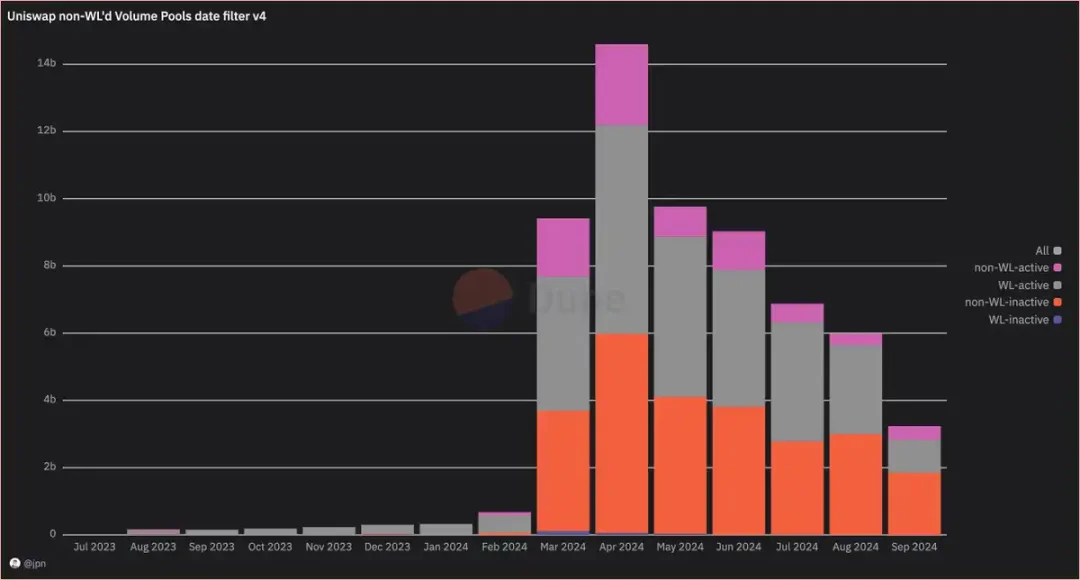
First, these Rug tokens, which saw $1.85 billion in trading volume in September, have not traded at all in the past two days (roughly 10% of the month), meaning these tokens make up 57% of Uniswap’s total volume on Base this month.
The situation is even more serious. Some of these "active" tokens have only been rugging in the last 48 hours and are classified as the pink part of the chart (non-whitelisted active). If the "unplugged" trading volume remains almost unchanged, it can be expected that another 6% of the monthly trading volume is also scam projects.
This segment accounts for 12% of total volume this month, and about 6% of total volume last month, so it is likely that by the end of the month, this 6% will join the 57% once the activity filter identifies the most recent Rug project. In other words, about 63% of Uniswap's volume on Base comes from Rug projects.
This month, whitelisted assets (high-quality token pairs, stablecoins, and mature meme coins) only account for 30% of Uniswap’s trading volume. The remaining 7% of the monthly trading volume is the “advantage” that Uniswap has.
jpn memelord attached two sets of charts, one showing the unprocessed Uniswap volume (the data usually used to compare these volumes), and the other removing the Rug transactions from the Uniswap data. Aerodrome's volume dominance is much stronger than one might think.
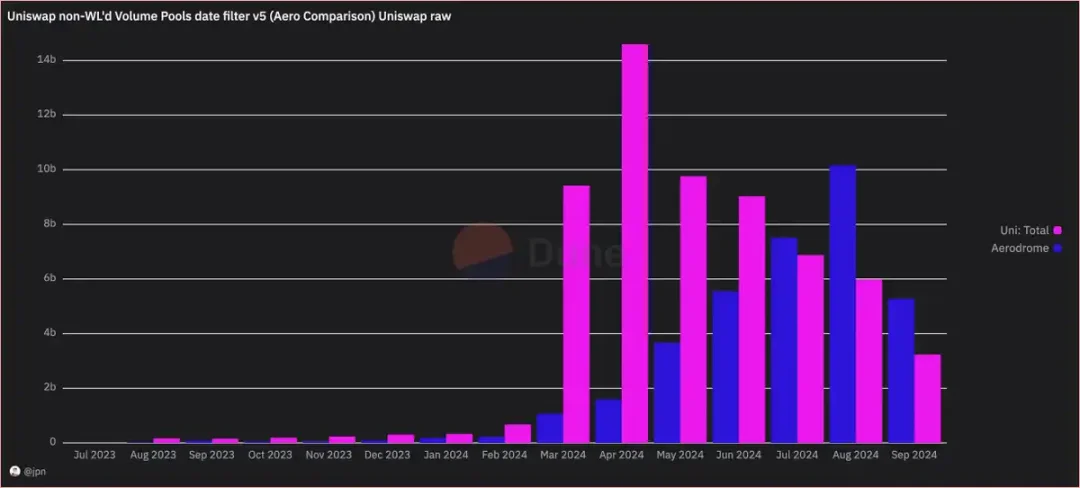
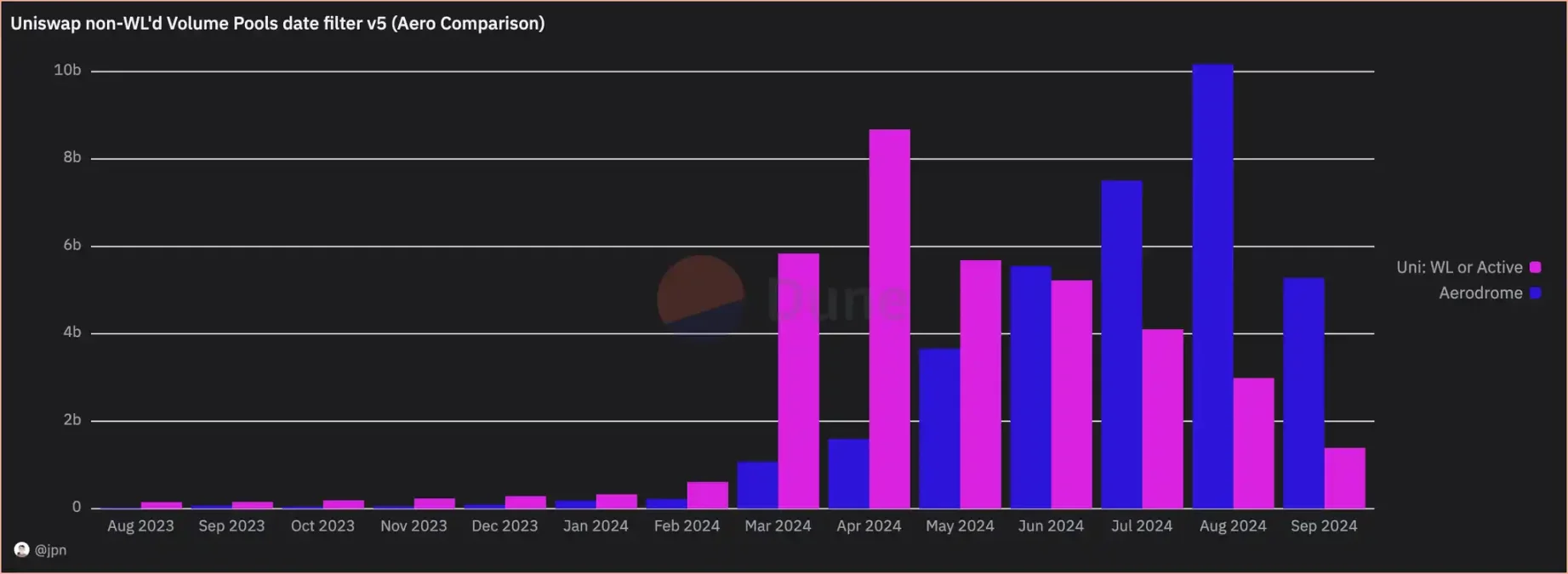
Interestingly, even after filtering out scam transactions, the overall trading volume on Base is still rising steadily, and Aerodrome's market share is gradually expanding. By observing the increase in the percentage of trading volume, we can also see the significant increase brought by Aerodrome's launch of Slipstream (CL) at the end of April.
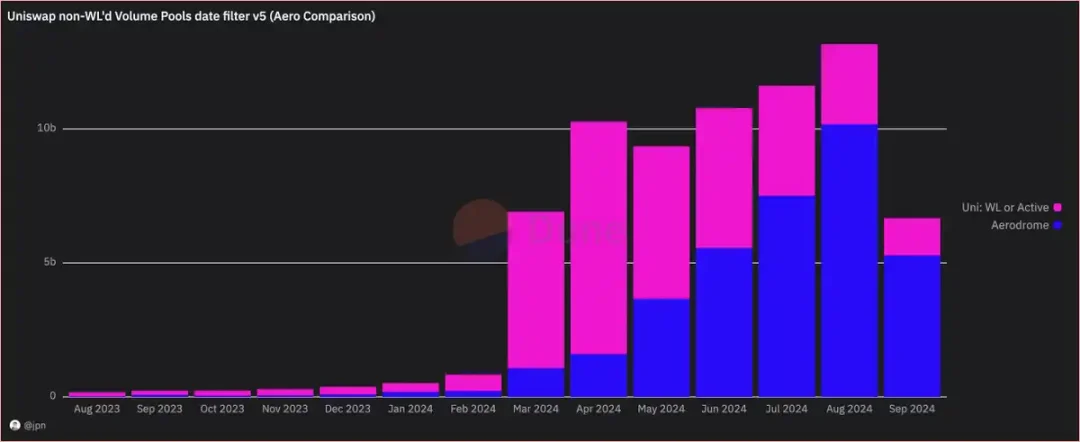
In-depth Rug details, a few lines of code "empty gloves white wolf"
As the market heats up, jpn memelord continues to pay attention to the continuous Rug operations on Base. This time, he found that these large numbers of abnormal operations may come from a certain individual or group.
Their operation began by deploying a token, oddly enough, with a non-standard 9 decimal places, and adding most of the liquidity to the Uniswap v2 pool. They then opened trading, gave up ownership of the contract, and destroyed the liquidity tokens, which looked like a compliant setup.
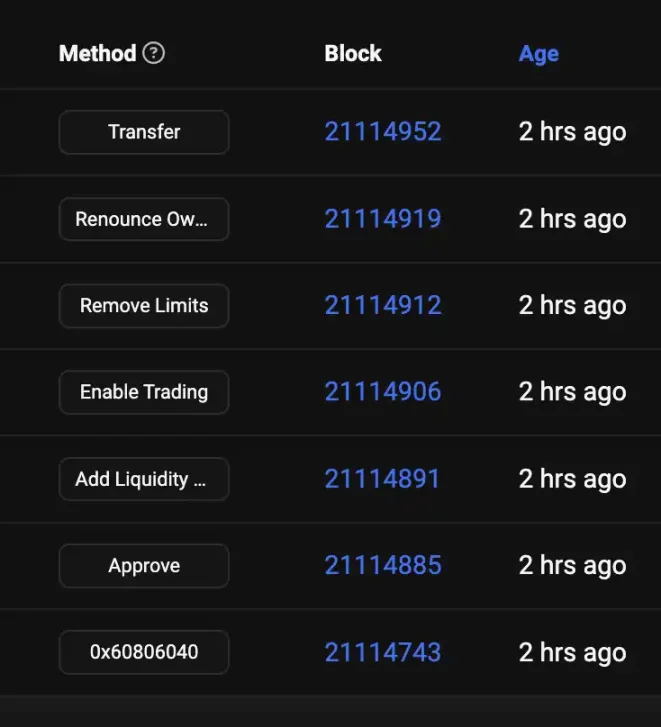
The wallets holding the most tokens on Basescan are liquidity providers. Everything looks safe, attracting many people to flock in.
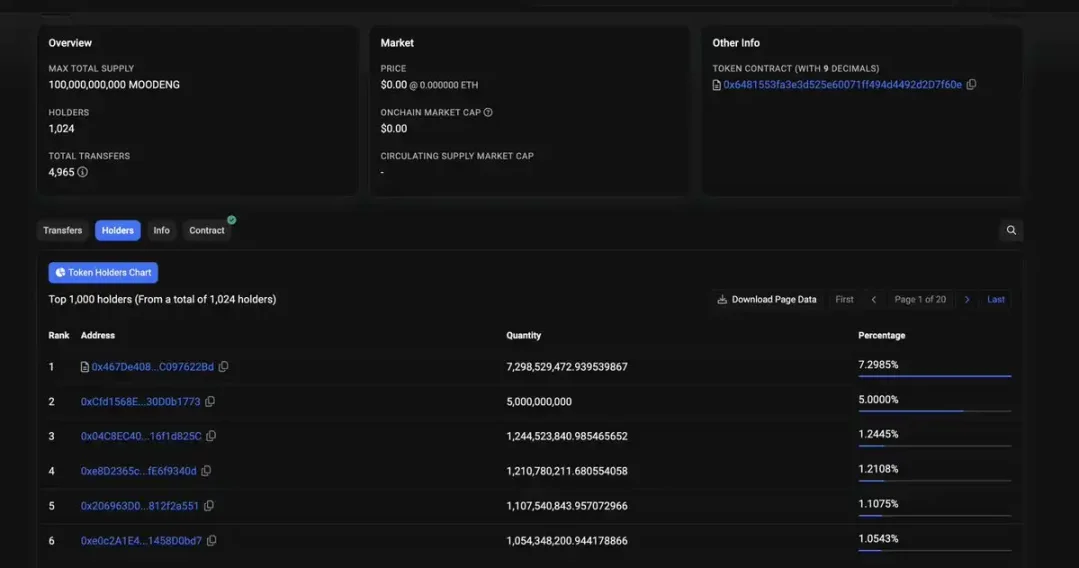
The "security check" also seems to pass verification (LP destroyed, contract ownership abandoned, no honeypot, etc.). Nevertheless, @Token_Sniffer has already marked the scammer.
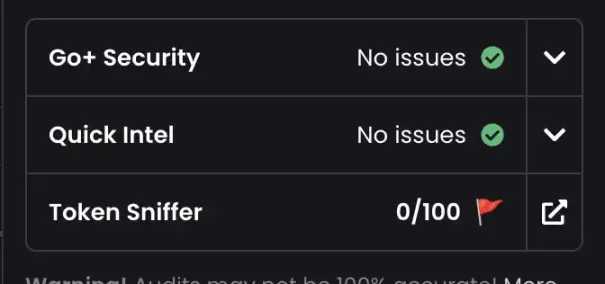
They then manipulate trading volume through bots to lure unsuspecting users into taking the bait.
ETH was distributed semi-randomly to dozens of wallets controlled by the deployer, which performed buy and sell operations to simulate natural market demand and drive up chart trends.
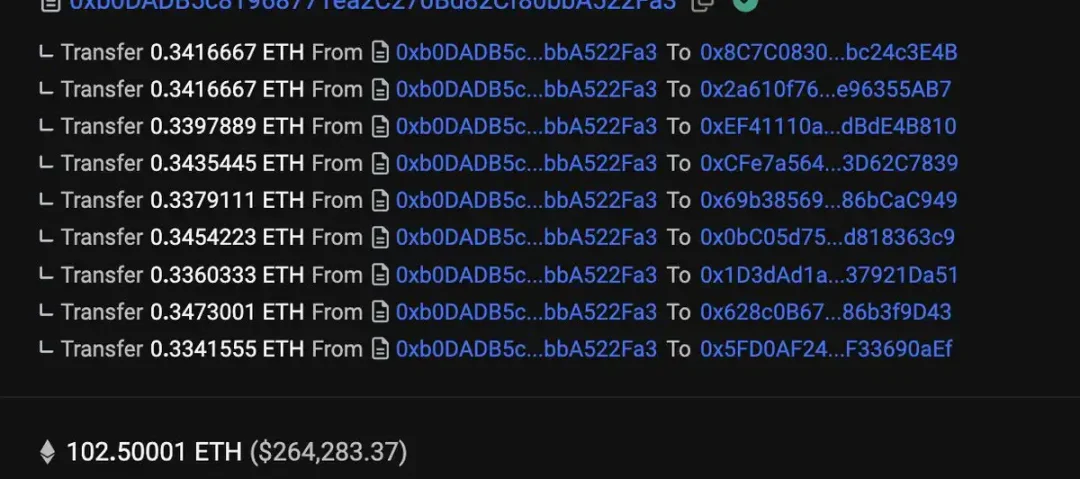
Everything seems normal until the deployer receives a token transfer that far exceeds the amount shown in the "circulating supply". All ETH in the pool is withdrawn to the deployer's account, and this seemingly safe meme coin is no longer in demand.

Where do these tokens come from?
There is a constructor in the contract that intentionally uses integer underflow to assign the maximum uint256 amount of balance to a "hidden" wallet controlled by the deployer. Therefore these tokens will not show up in "max supply" or the holder list on Basescan.

It is these few lines of code that make the chart look like this.
The ETH is recycled for the next operation, and the whole "show" starts over again with a new token code, usually using a name currently popular on Ethereum or Solana.
Has Base become a "minefield of death"?
jpn memelord continued to follow up on the transaction volume analysis of Uniswap on Base and discovered an active continuous Rug operator. In short, this person or group now accounts for 65%-80% of the Uniswap transaction volume on Base every day.
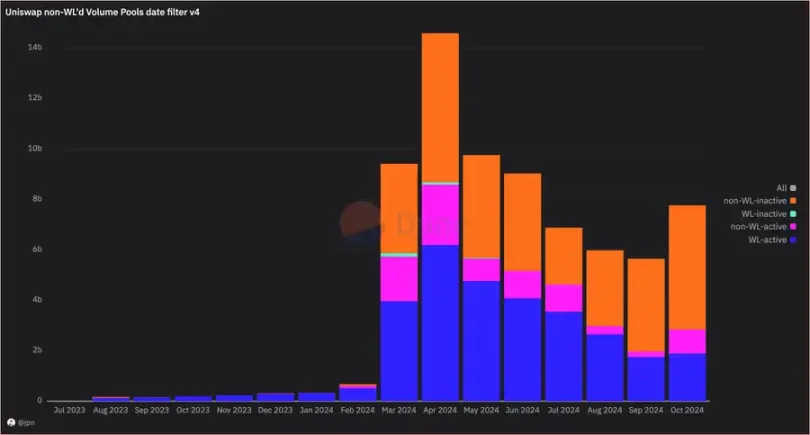
The orange portion represents the trading volume of the fund pool that has not traded in the past two days (i.e. Rug tokens/fund pools). In October alone, the trading volume of this part was close to US$5 billion, reaching the highest level since April.
Worse still, the percentage of this volume in the total has increased in recent weeks, reaching 82% of total volume on October 12. Most of the remaining volume comes from token pools on the Aerodrome whitelist (including WETH, cbBTC, DEGEN, etc.).
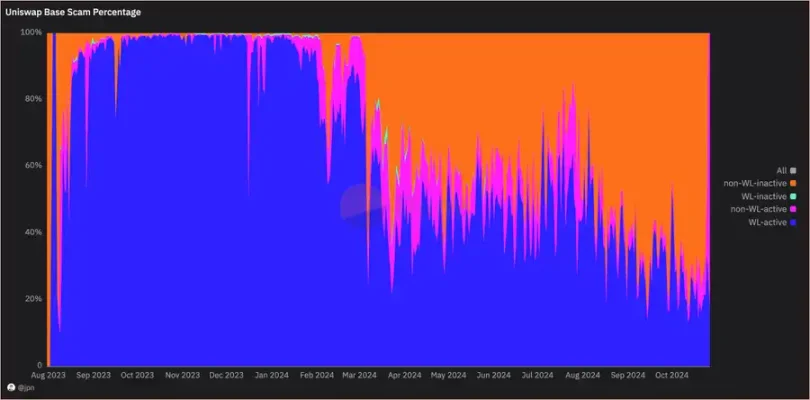
This means that Base has become a minefield, and anyone trying to find new tokens there has a high probability of encountering these Rug projects.












